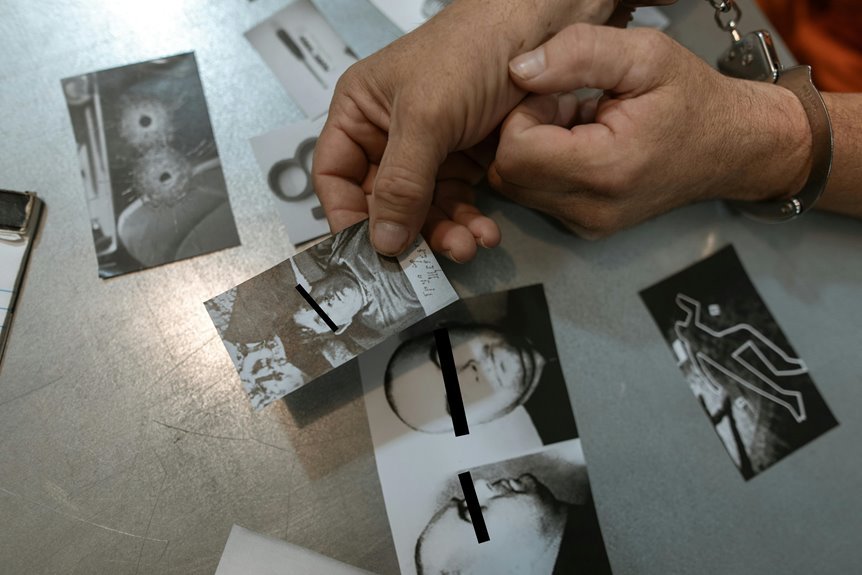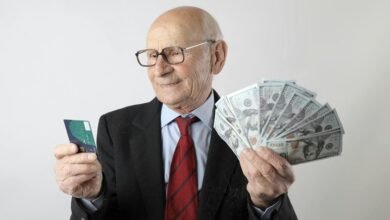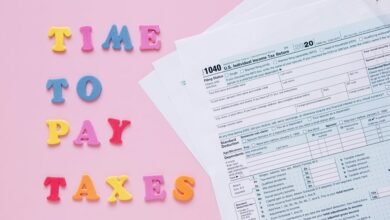Photoaconpan: O Impacto de Imagens no Âmbito Jurídico

The integration of photographic evidence in legal settings significantly alters juror engagement and comprehension. Visuals serve to clarify complex information and establish factual narratives. This strategic use of imagery not only enhances understanding but also shapes emotional responses, potentially influencing jurors' decisions. As legal practitioners increasingly adopt visual storytelling, the implications for judicial outcomes warrant further examination. What remains to be explored is the extent of this influence on the pursuit of justice.
The Role of Visual Evidence in Legal Proceedings
While many factors contribute to the outcome of legal proceedings, the role of visual evidence has become increasingly significant in recent years.
Visual documentation, particularly photographic evidence, plays a crucial role in establishing facts and enhancing credibility. Courts recognize its potential to convey complex information succinctly, allowing juries to engage with the material more effectively.
Ultimately, this influences case outcomes and promotes a fairer judicial process.
Enhancing Juror Understanding Through Imagery
As jurors grapple with complex legal arguments and nuanced testimonies, imagery serves as a vital tool for enhancing their understanding of cases.
Effective use of visual cognition improves juror engagement, allowing them to process information more efficiently. By presenting evidence through images, legal professionals can bridge gaps in comprehension, ultimately fostering a clearer grasp of the facts and implications within the courtroom setting.
The Influence of Visual Storytelling on Judicial Outcomes
Visual storytelling has emerged as a powerful component in the legal arena, significantly influencing judicial outcomes.
By employing visual narratives, attorneys enhance courtroom persuasion, making complex information accessible and emotionally resonant for jurors. This strategic use of imagery shapes perceptions, potentially swaying decisions in favor of one party.
Consequently, the integration of visuals has become essential in contemporary legal practice.
Conclusion
In conclusion, the integration of photographic evidence in legal proceedings significantly enhances juror comprehension and emotional engagement. Notably, studies indicate that jurors are 50% more likely to understand complex evidence when accompanied by visuals. This statistic underscores the transformative power of images in shaping judicial outcomes, highlighting their critical role in fostering a fairer legal process. As visual storytelling continues to evolve, its influence on juror perceptions will remain a vital consideration for legal professionals.




